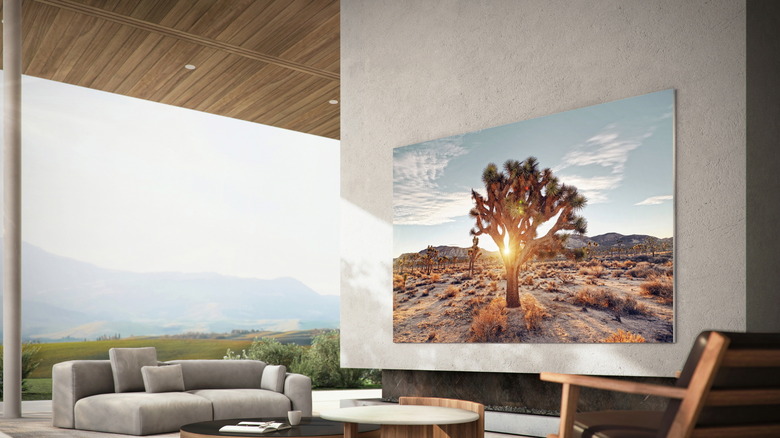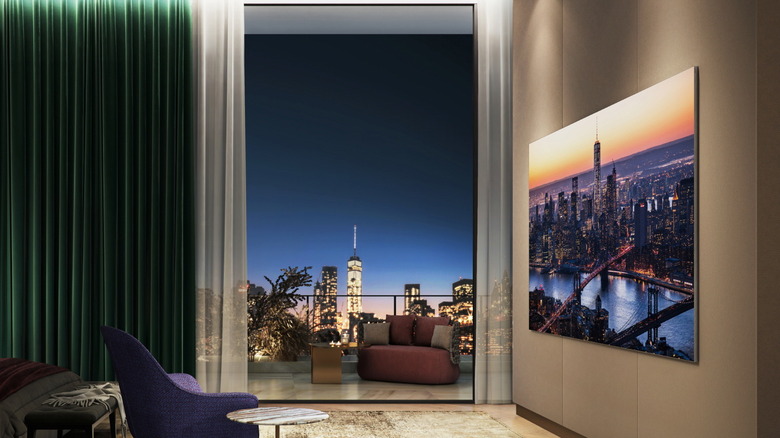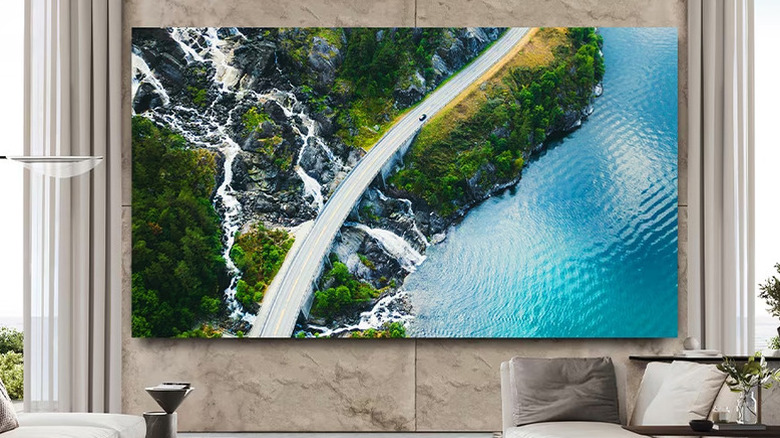How Long Do Micro LED TVs Last? (And Can You Extend Their Lifespan?)
Modern-day televisions — and displays in general — have evolved so much over the past several years that it almost feels as though we have already reached the peak of innovation. What started life as the humble CRT display has now evolved into several types of displays with an equal number of confusing abbreviations. In the past, buyers only needed to choose between CRT, LCD and Plasma TVs. Then came the separation between LCD and LED TVs, before moving to the race between OLED and QLED screens. Needless to say, someone interested in investing in a new display today not only has to contend with various brands but needs to spend time understanding the various types of display tech these brands have on offer.
Given that the newest display tech can already produce stunning life-like images, the hunt for perfection and even better display technologies doesn't seem to have ended. Further refinement to existing display tech has resulted in advanced displays like Mini LED and QD-OLED, QNED, and Sony's RGB LED. One of the newest entrants into the display tech world is MicroLED displays. While they may sound like a close derivative of Mini LED screens, they are, in fact, markedly different
We have already explained how different MicroLED screens are from other display types and the fact that, as of today, these are prohibitively expensive. What has not been discussed much is the typical lifespan of these screens. Samsung, one of the companies involved in the development of MicroLED screens, has indicated that these displays are built to last up to 100,000 hours, which translates to well over a decade.
Key to extending the lifespan of LED TVs
As outlined earlier, the typical lifespan of MicroLED screens hovers around the 100,000-hour mark. This is in line with other LED-based displays, which, as explained by Samsung, also hover around the 100,000 mark. To put things into perspective, LED-based panels typically last twice as long as older LCD panels, which have an average lifespan of 50,000 hours. While these lifespan numbers certainly look impressive, there are several caveats that one needs to keep in mind before taking these numbers at face value.
To begin with, display companies arrive at this number after several rounds of exhaustive testing. In most of these tests, these panels are lit up at full brightness and intensity for really long durations. This is not the typical behavior of displays — because — let's be real; no screen works at full brightness at all times in typical everyday use. Additionally, the lifespan figure is not calculated on the basis of the amount of time it takes for the display to fail. Instead, companies assume the display is "damaged" once the diode reaches half the brightness levels it was actually designed to achieve.
Needless to say, it would be erroneous to look at the claimed lifespan figures of displays as a sole purchase decision. Besides, a lot of other external factors contribute to the overall lifespan of modern-day displays. These range from weather (displays don't like hot environments) and the quality of power supply — to the design of the TV and even the way in which the internal circuit boards of the panel have been designed.
Is it possible to extend the lifespan of MicroLED screens?
Modern-day, high-quality displays from leading manufacturers are typically rated to last well over 100,000 hours, making them good enough for most use cases. However, as explained earlier, more than the length of usage, it is how a panel is used that contributes to either an extension or reduction of its lifespan.
The easiest way to ensure the display on your LED TV lasts really long is to ensure that it does not heat up easily. This can be achieved by ensuring that there is sufficient airflow around the rear panel of the TV and that there is no major obstruction preventing the air from moving around. Operating the display at optimum brightness levels also reduces heat buildup and will contribute to a longer lifespan. If you live in an area known for oppressive heat, keeping the TV room as cool as possible is the only way to go. Of course, temperature controlling the room — if you can afford to do so — would also contribute to extending the life of your TV as well.
Like any other electrical appliance, LED TVs prefer a reliable, stable source of power with little to no fluctuation. This is mostly not an issue in most parts of the world today. However, if you live in an area that suffers from voltage fluctuation, it would be a good idea to invest in a voltage stabilizer.
To summarize things, you don't really need to do much to ensure that the expensive MicroLED TV you ended up buying lasts really long. Simply sticking to the basics, like ensuring optimum cooling around the panels and correct installation, should do the trick, given how well-built these high-tech panels already are.


